Browse Ledger Donation Forms and easily locate appropriate documents. Enhance and boost the document organization process for your organization.

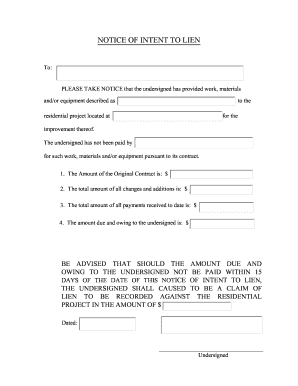



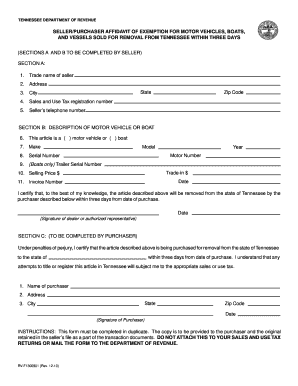

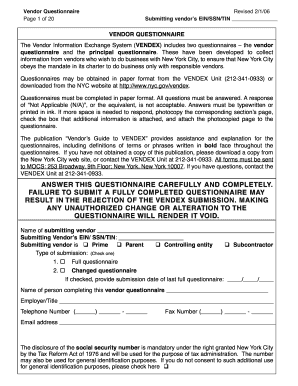

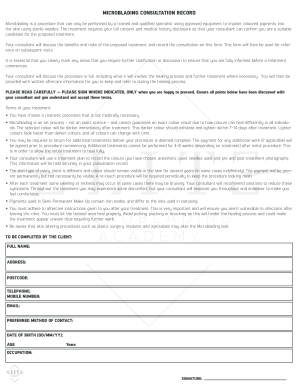
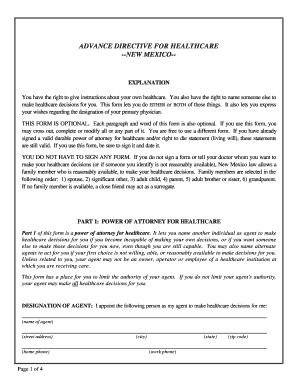
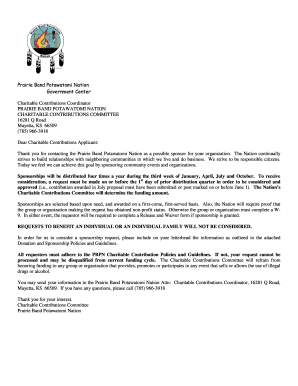
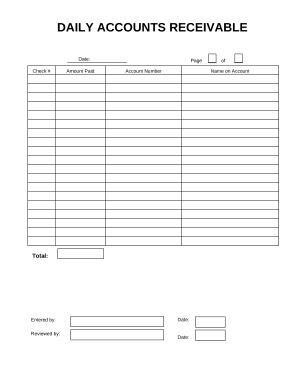
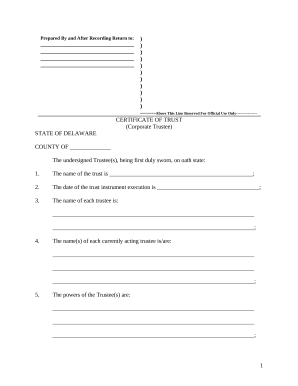
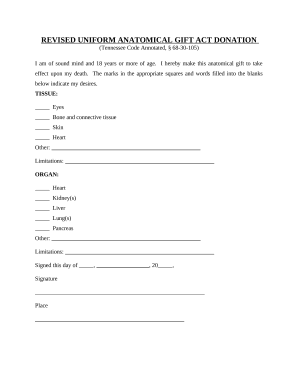
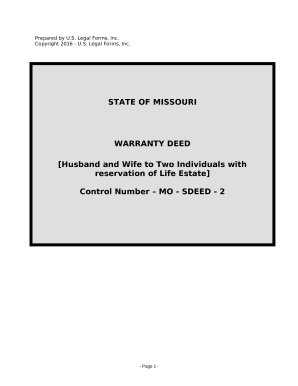
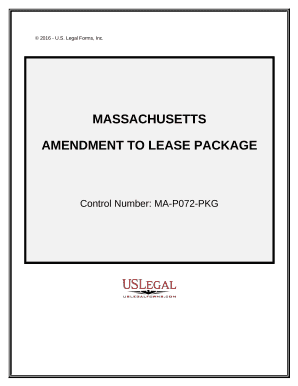
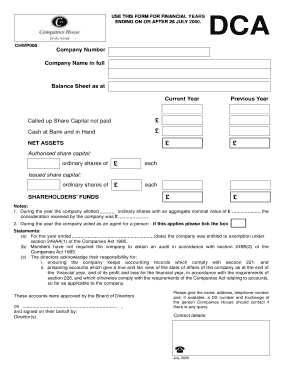

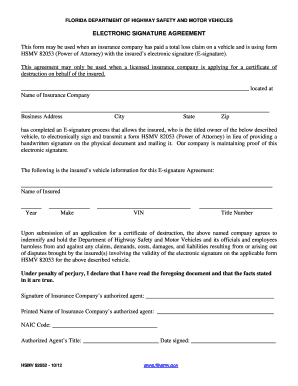
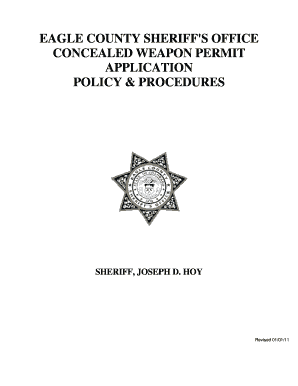






Improve your file managing with the Ledger Donation Forms category with ready-made form templates that meet your requirements. Get the form, change it, complete it, and share it with your contributors without breaking a sweat. Begin working more effectively with your forms.
The best way to manage our Ledger Donation Forms:
Examine all the opportunities for your online file management using our Ledger Donation Forms. Get your free free DocHub account today!